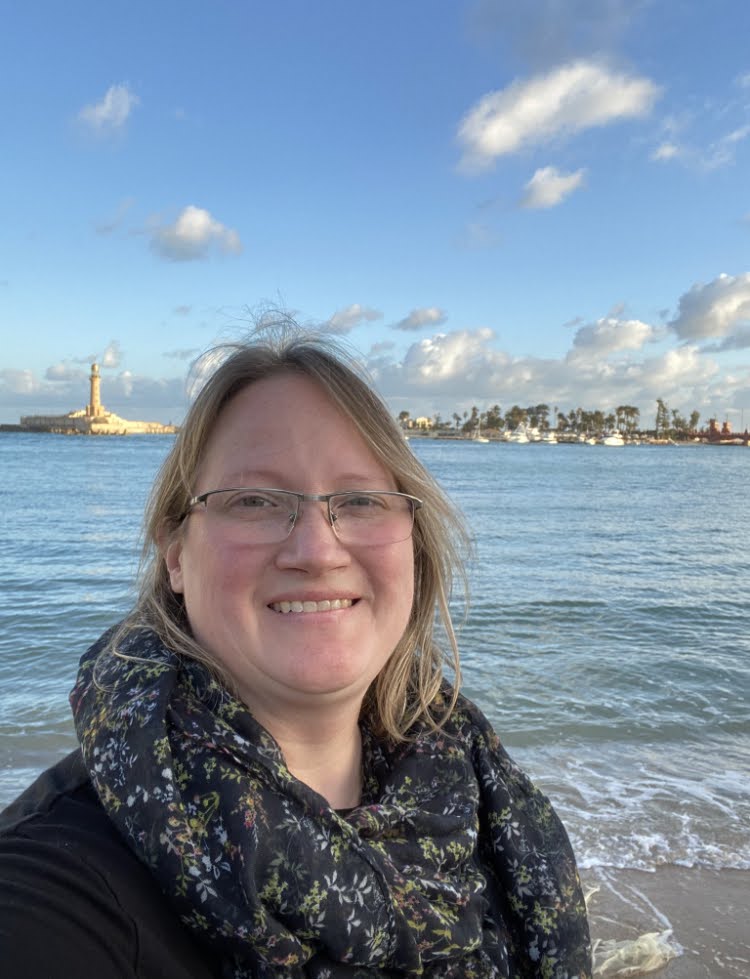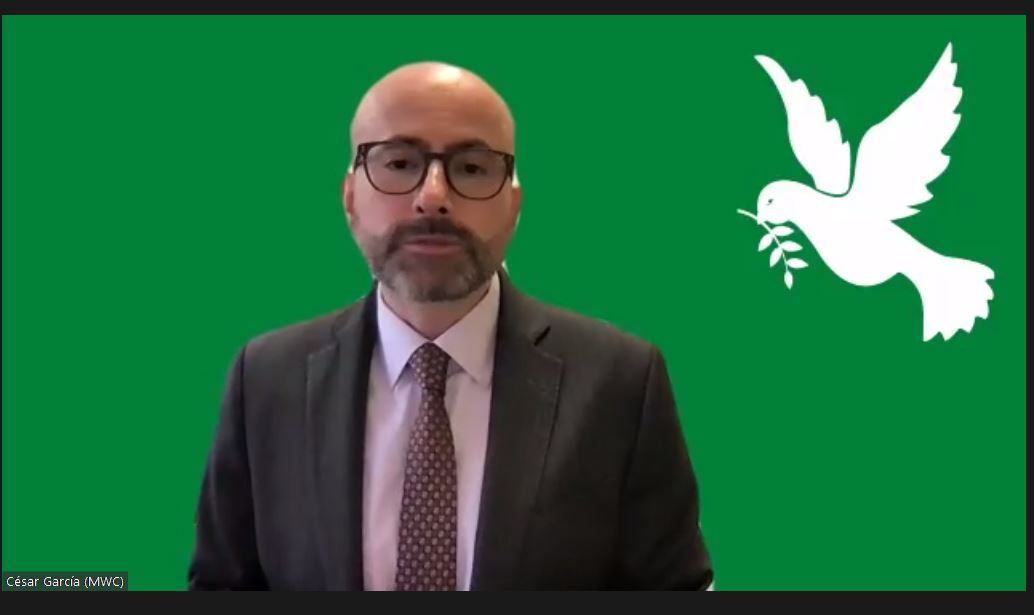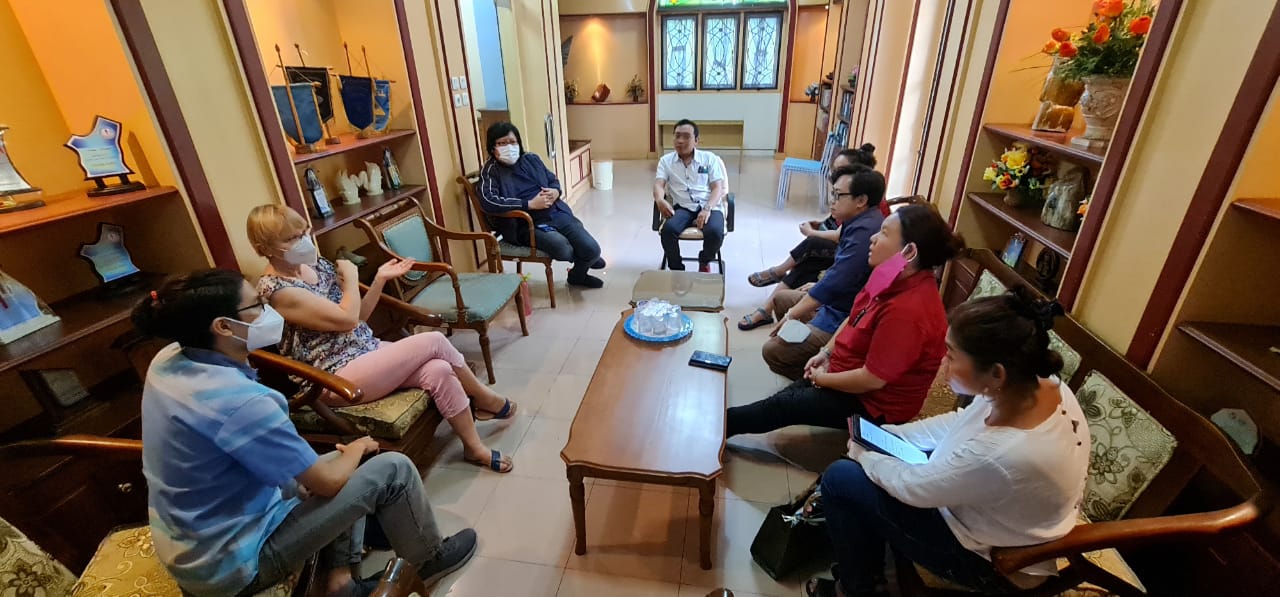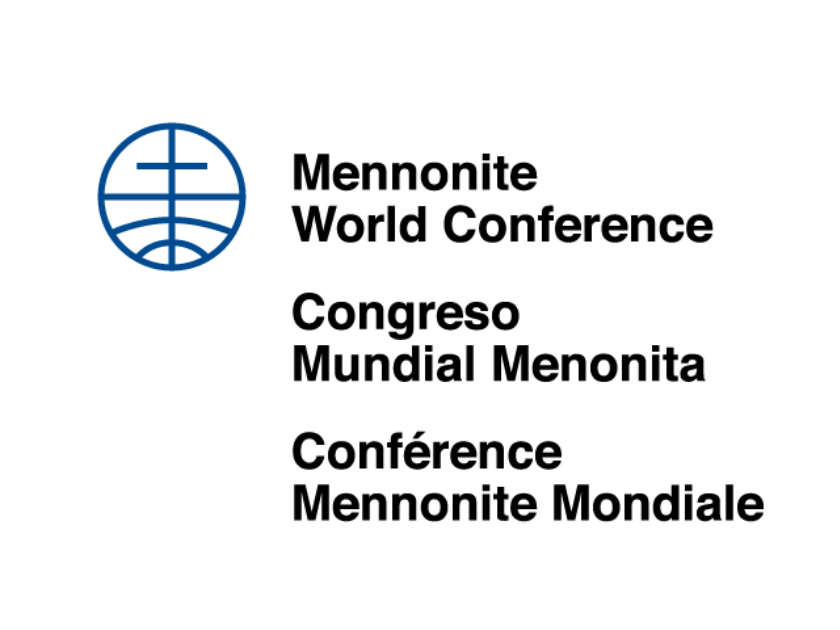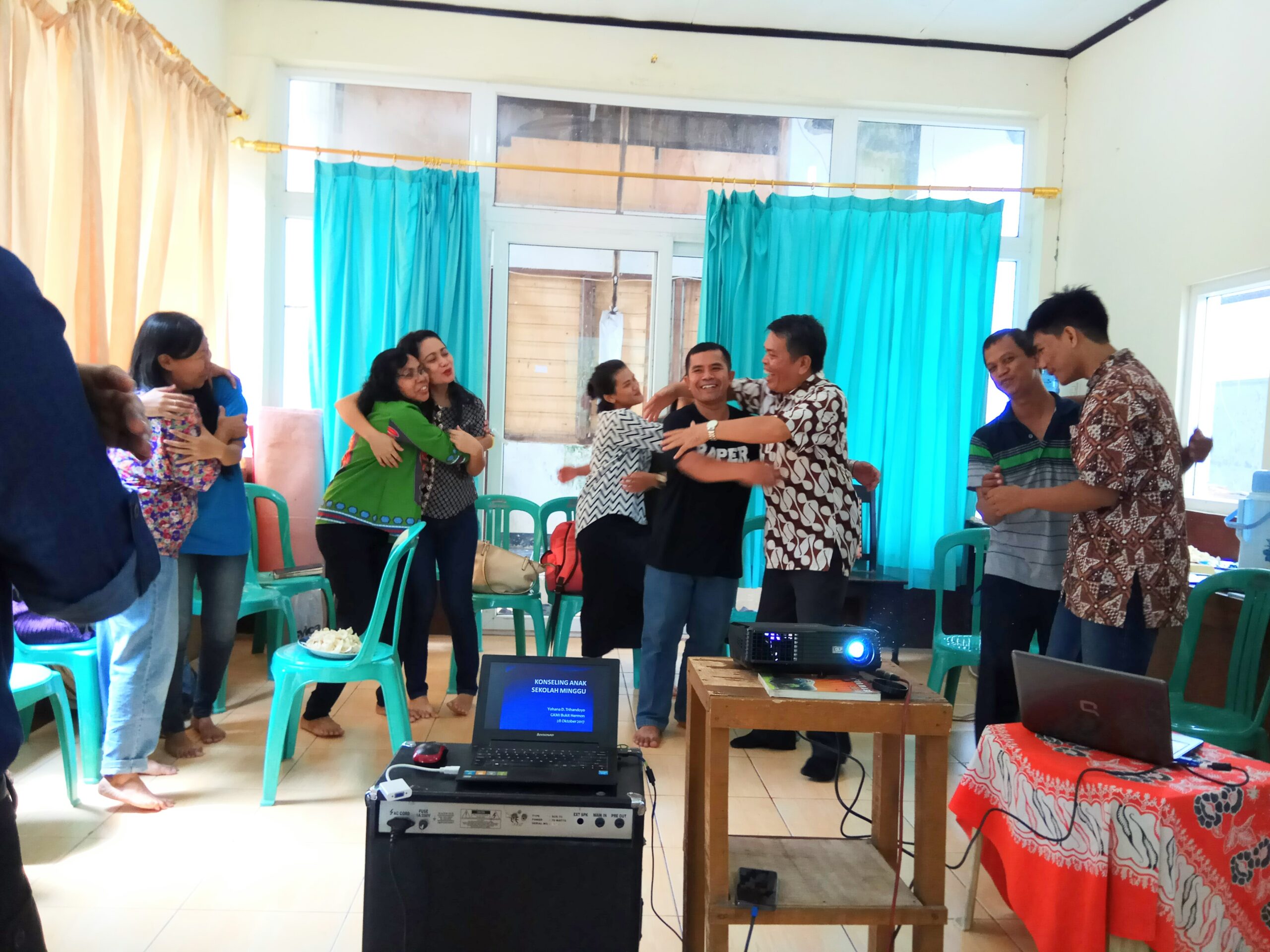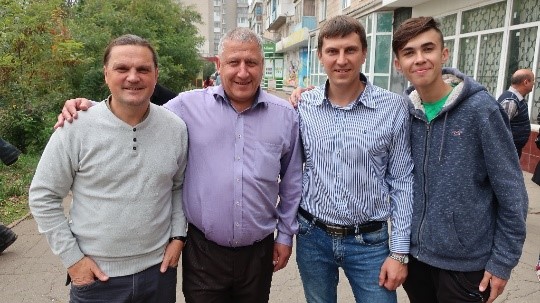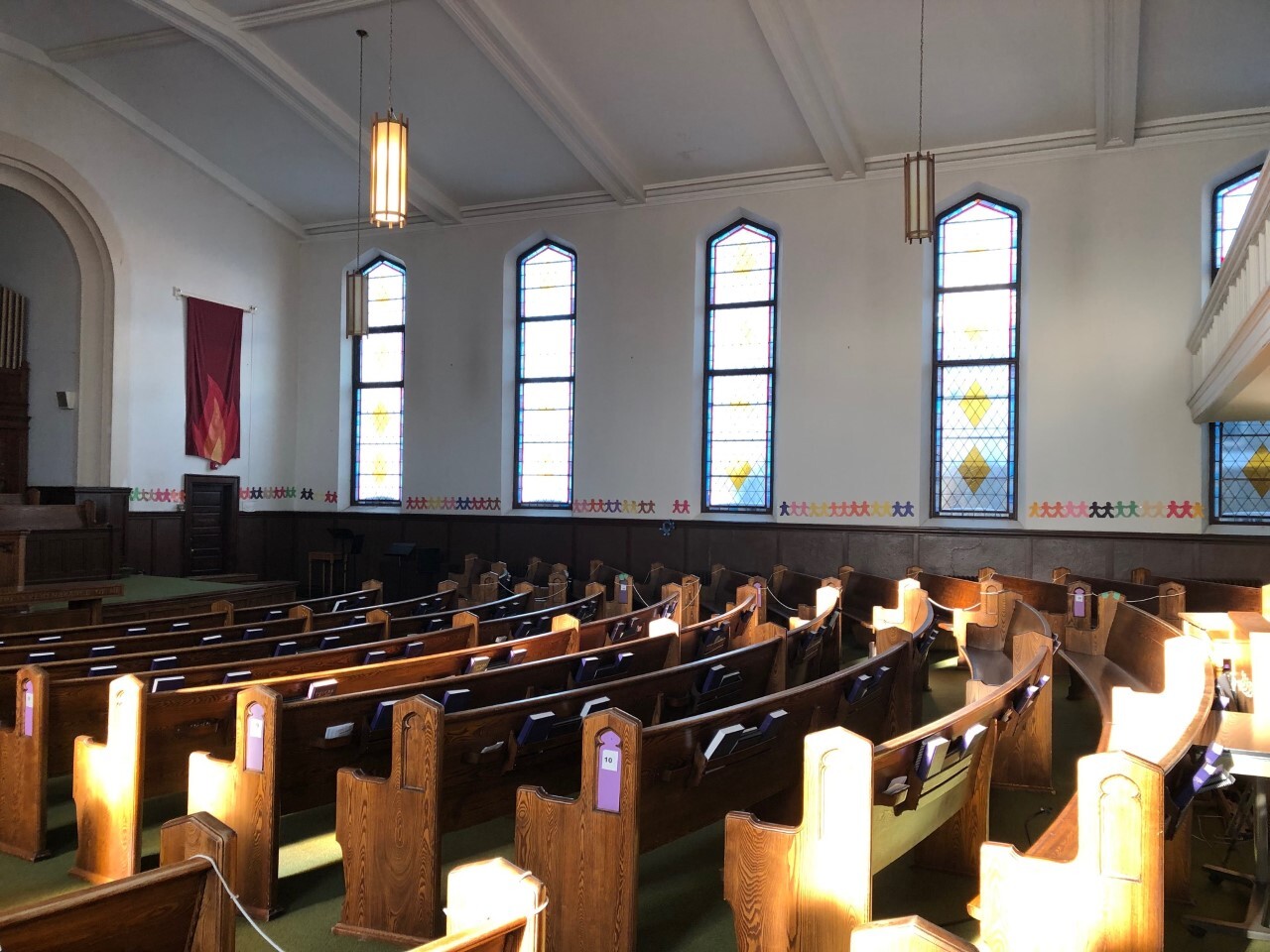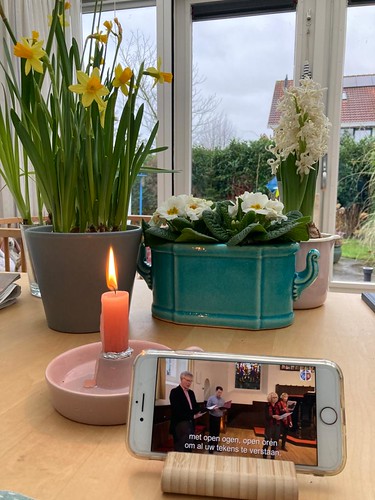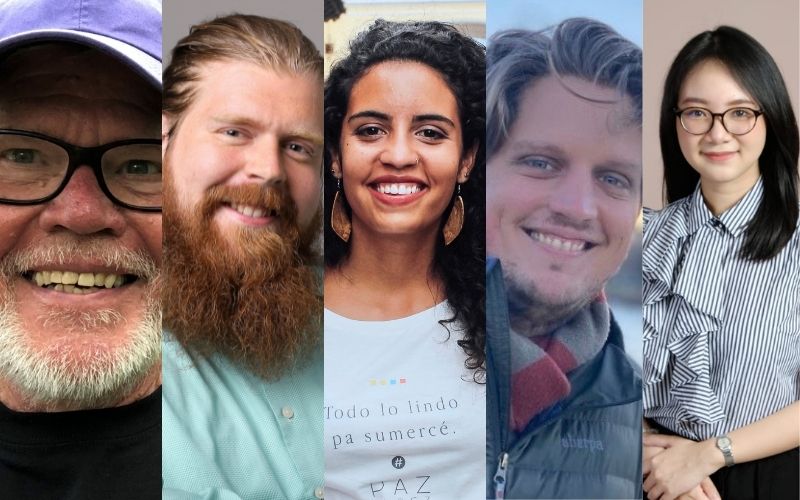-
Anabaptists around the world care for creation
Stories from around the world teach how we respond as faith communities to the challenges of climate change. The 353 responses to the Creation Care Task Force survey contained many stories of churches caring for creation. This month, we highlight responses that emphasize how congregations creatively enact local solutions as faithful response to the injustices
-
Ministry partner update: ICOMB – March 2022
God’s Spirit gives us hope (Romans 15:13)! The presence of God’s Spirit in our hearts bears witness that we are adopted as children of God and heirs to his promises (Ephesians 1:5-6; Romans 8:14-17; Galatians 4:4-7). The Spirit is described as a seal of God’s ownership (Ephesians 1:13-14; 4:30) – He is the down payment…
-
Prayers beat swords into plowshares
“Hope that results from faith in Jesus may be defined as ability to see a new reality. To long for a different world and behave as if we were already in it. Waiting on Christ is never passive, never simply a feeling.” Mennonite World Conference general secretary César García offered this message in an ecumenical
-
Doit-on benir ou maudire le travail?
Doit-on bénir ou maudire le travail ? Cet article est né d’une réflexion relative à l’article 16 « Le travail, le repos et le jour du Seigneur » de la confession de foi de la Conférence canadienne des Églises des Frères mennonites. Notre vécu au travail se situe généralement entre deux pôles : une grande
-
Indonesia 2022: less on-site, more creative options
How will we gather for Assembly 17? The Executive Committee has opted for limited on-site attendees and many options for online attendees at the hybrid Assembly 17. MWC Assembly is hosted by the three Indonesian Anabaptist-Mennonite synods in Central Java, Indonesia, 5-10 July 2022. MWC Assembly 17 in Indonesia will welcome 700 on-site participants with
-
An Open Letter to His Holiness Patriarch Kirill of Moscow and All Rus
As Russia unleashes weapons upon Ukraine, we call on you as a Christian leader in Russia to speak and act boldly for the gospel of peace. Regardless of any rationale given for the attack upon Ukraine, this is an immoral action that Christians everywhere must condemn
-
God’s Glory Revealed
How does God reveal God’s glory to humanity? 1. Through the universe. Along with the psalmist, the Jesus follower confesses with a heart filled with awe: “The heavens are telling the glory of God; and the firmament proclaims his handiwork.” (Psalm 19:1). The Jesus follower exalts the greatness of God: “LORD my God, You are
-
A pastoral letter regarding Ukraine
We call on Anabaptist-Mennonites around the world, and all who confess Christ as Lord, to join in praying for the peace of Ukraine. We grieve violence and we reject efforts by any nation to dominate another. We pray for leaders of Ukraine, Russia and allied nations as they respond to or participate in this crisis.
-
Indonesia Assembly surmounts barriers
Will there be Assembly this summer? Absolutely! Who will attend in Indonesia? Watch for upcoming news. In their February online meeting, the Executive Committee are deciding on the attendance model for Assembly, based on the most current public health information, travel advisories and future projections. “We depend on government decisions regarding visa or quarantine and
-
For all people to live with enough
“Dad, as an extrovert, was also gentle and compassionate, and took on the role of caregiver to many people throughout his life… He gave generously and regularly with his finances, and had an interest in and desire for all people to live with enough,” says Lorie Yantzi of Tavistock, Ontario, Canada, daughter of Nelson Yantzi.
-
Together across oceans
“Sometimes our faith community seems small and insular; [celebrating Anabaptist World Fellowship Sunday] helped open eyes to the global family,” says Chani Wiens. The math teacher and chapel coordinator at UMEI Christian High School in Leamington, Ontario, Canada, used the Anabaptist World Fellowship Sunday worship resource in a chapel service. “Most of our students from
-
MWC update – February 2022
“MWC brings the global church together as a sign of God’s desire for the world and that’s a vision I want to be a part of,” says J Ron Byler. The roster of servants who foster relationships in the global church expands with new faces in these months before Assembly. “I’m excited to have the
